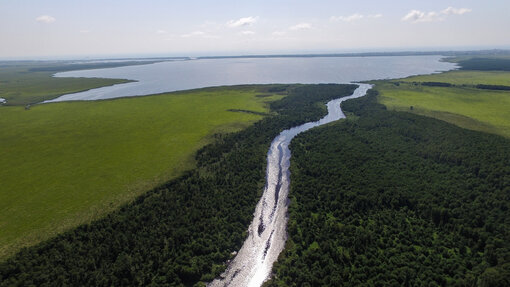The site includes seven areas of rainforests, peatlands and mires in the Colchis, a distinct ecological region in Eurasia. Within an 80 km long corridor along the warm-temperate and extremely humid (annual precipitation up to 4,500 mm) at the eastern coast of the Black Sea. It harbours numerous species of plants and animals adapted to extremely humid climate, including the Critically Endangered Colchic sturgeon (Acipenser colchicus) as well as 1,100 species of plants, some 500 species of vertebrates, and many invertebrates.
The property holds the oldest broad-leaved forests – together with the Hyrcanian forests of Iran and Azerbaijan – in western Eurasia. These are relict forests, which have survived the glacial cycles of the ice ages, and at the same time the most humid nemoral broad-leaved rainforests globally.
IUCN recommends two biodiversity sites in Georgia and Japan for the World Heritage List | IUCN
The project was funded by the German Federal Environment Ministry’s Advisory Assistance Programme (AAP) for environmental protection in the countries of Central and Eastern Europe, the Caucasus and Central Asia and other countries neighboring the European Union. It was supervised by the Federal Agency for Nature Conservation (BfN) and the German Environment Agency (UBA).
![[Translate to EN:] Banner Stiftung](/fileadmin/_processed_/b/c/csm_banner-stiftung_fee6c1c492.jpg)
